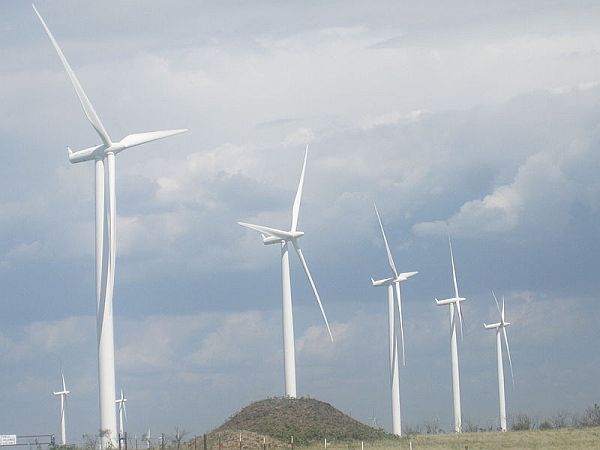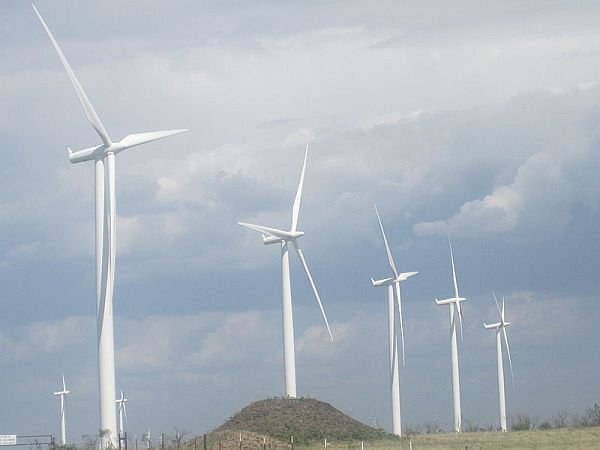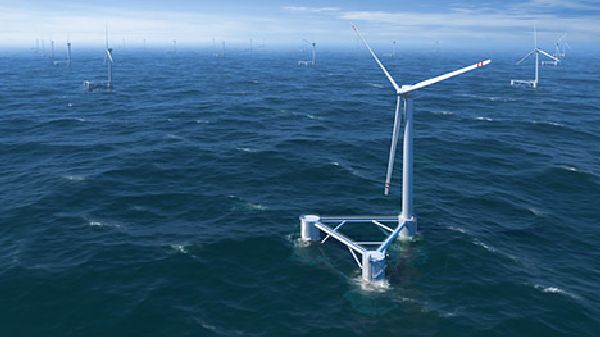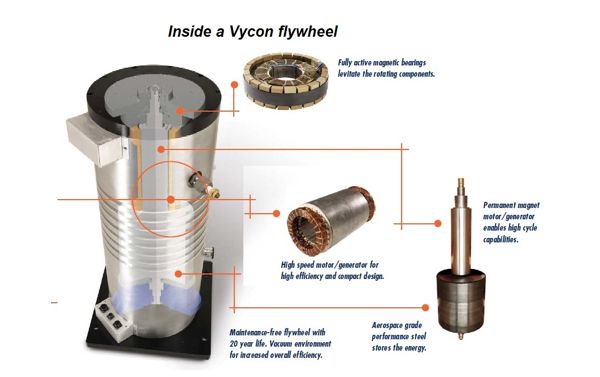As we know it
The hunt for sustainable energy has led us to interesting places. Solar, wind, water and biogas are a few of them, having the ability to provide an almost endless supply of renewable power. During the Industrial Revolution, few would have realized that progress would account for so much demand for fossil fuels. This once abundant resource has now reached a level that has ignited a global energy crisis with countries scrambling to find ways to meet energy demands. We now have a rising demand for solar systems, wind energy and biogas. Fuel cell technology is being looked into with increasing interest as a way to supplement our power demands. But as most experts and proponents of renewable energy will testify, modern technology is so far unable to battle certain obstacles.
Wind energy, for instance, has the capacity to provide for a large amount of our energy requirements. However, it isn’t consistent so when the days are still with only a hint of breeze, wind turbines can’t generate enough electricity to meet consumer demands. As such, there is an imperative need for efficient storage systems where excess energy can be stowed away and released during times of need. Currently, batteries are being used though other methods like flywheels, compressed air bags and thermal storage are being tested.

Need for change
Harnessing the full potential of renewable energy systems is one among two big problems facing researchers today. The other is efficient storage, which seems to be eluding even the brightest of minds. At present, wind energy accounts for just 2 percent of the United States’ power supply. This is a marginal figure considering how much power winds can generate. As such, a lot of investment has been put into developing proper storage systems as battery storage is expensive and only a limited amount of electricity can be stowed away. An efficient storage system should be able to provide constant power to fill power lines. Moreover, if wind energy and proper storage can edge out coal by producing baseload power, then the amount of CO2 emissions would drop.
Experts agree that developing new technologies to effectively store wind energy is the need of the hour. Even if wind isn’t constant, motors can be used to generate the required wind. However, if there is no efficient storage system, then the entire operation proves futile. Which is why researchers are racing to design innovative storage concepts that could help us switch to wind energy and help end, or at the very least, slow down the current energy crisis.
What’s next?
Undersea air bags store wind power

The University of Nottingham is busy trying to find ways to store wind energy. What its researchers have come up with is an idea along the lines of MIT’s: large inflatable storage bags submerged underwater. The concept involves collecting excess energy from offshore wind farms in inflatable air bags that are moored to the seabed off Scotland’s Orkney Islands. During days when the air is still, the stored energy can be released to power turbines to produce electricity. According to tests conducted, a 20 meter diameter bag could store up to 70MWh of energy at depths of 600 meters.
Earlier, MIT had used hollow concrete spheres instead of inflatable air bags in a similar experiment. A Canadian company called Hydrostar is also developing underwater compressed air storage systems. What is a challenge for all researchers is coming up with a system that is cost effective and achieves high efficiency.
Compressed air system to save wind power for future use

SustainX is a company that’s looking to make air compression technology commercially viable. The West Lebanon startup has already successfully demonstrated a 40 kW prototype system and is currently working on a one MW project. Instead of underground systems, SustainX is making use of above the ground storage tanks. Since the conventional turbine doesn’t work in above ground tanks, the company has introduced cost effective pistons with better compression ability. When pressure in the tank gets too low to drive turbines, the pistons compensate by functioning at a wider range. The pistons are driven by electricity and when energy is released, the decompressed air works the pistons to operate a generator. The company is now looking to develop an effective and efficient isothermal compressed air technology.
Storing wind power beneath the waves

As mentioned above, MIT researchers developed an underwater hollow concrete storage system that could provide energy during peak hours. Called Ocean Renewable Energy System, it’s based on underwater pump hydraulic technology. Hollow spheres are tethered to floating turbines where during times of strong winds, water is driven out of the spheres. As wind abates and the days are still, the spheres are filled with water to drive a turbine to produce electricity. MIT’s ORES technology trumps current Compressed Air Energy Storage systems as it needs no fossil fuel to function. The researchers say that ORES could also be used for other purposes such as storing oil from underwater wells when manned platforms are evacuated during stormy weather. This will ensure that oil production continues uninterrupted.
Wind power storage as hydrogen may help in renewable energy

Two German companies are working on storing surplus wind energy as hydrogen. Hydrogenics is a company that envisions using wind power to electrolyze water for hydrogen production, which can be used in fuel cells for energy generation. E.On, meanwhile, also plans to produce hydrogen from wind energy, but instead of powering fuel cells, the hydrogen will be introduced into Ontras’s gas pipeline system and used as natural gas.
Flywheel based power storage can replace batteries and store energy

The ancient flywheel could make a comeback if companies like Vycon have anything to do about it. It has developed a prototype flywheel system that harnesses dissipated energy when shipping cranes are lowered. It has also developed another system that harnesses and stores braking energy from trains. Similar to KERS systems used on race cars, Vycon’s concepts make use of kinetic energy, which is otherwise wasted and stores it to be used to provide backup power.




